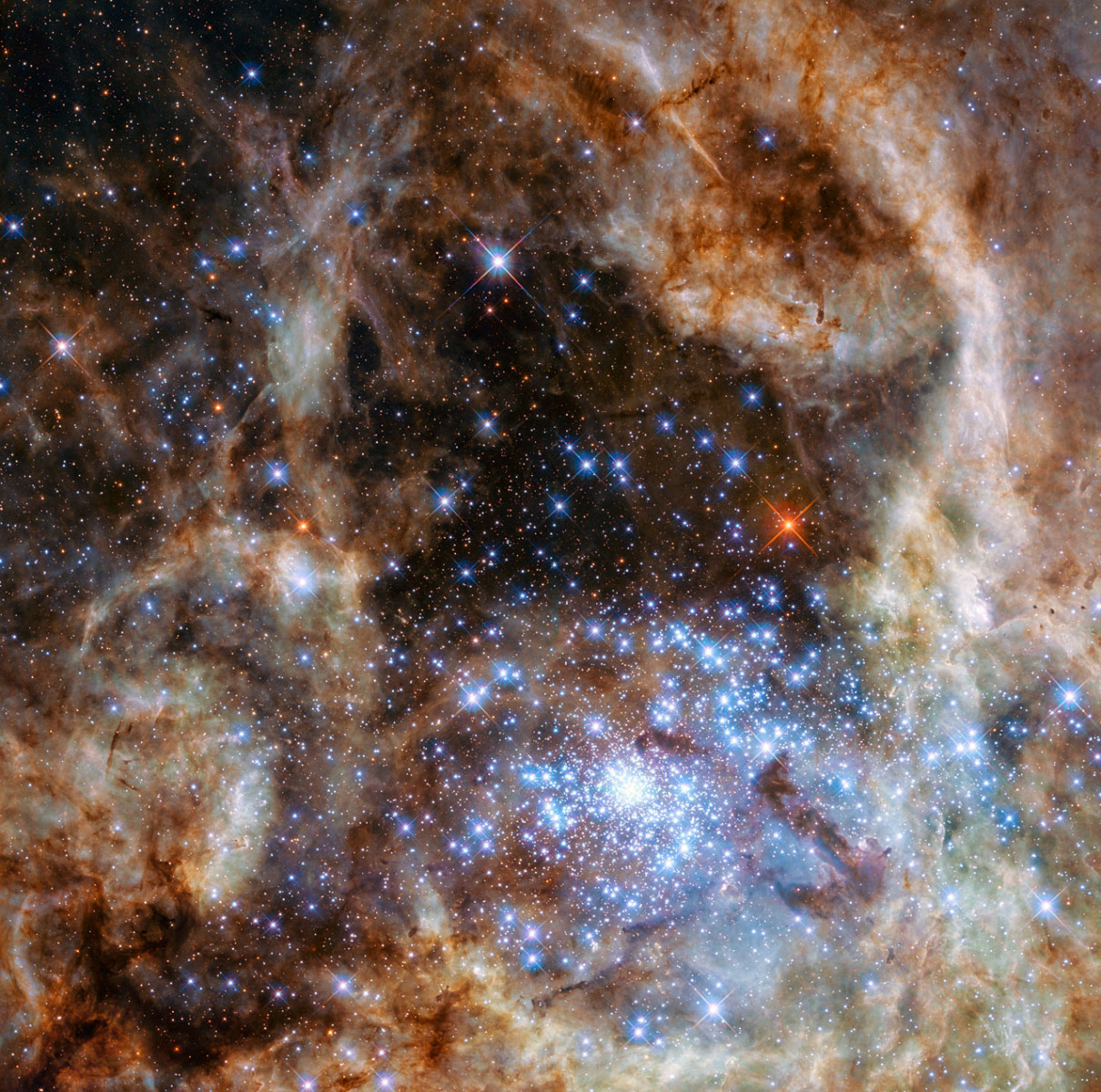
Source: Hubble Space Telescope h/t NY Mag
Did you catch yesterday’s early morning penumbral lunar eclipse? Don’t worry if you missed it, there is another one coming Sept. 16 at precisely 18:55:27. We know this information to the second because: a) the state of the art in astrophysics is so advanced as to be that precise; and b) it’s on NASA’s website.
Anyone with a smart phone or a computer connected to the Internet has an inordinate amount of cosmological information at their fingertips these days, courtesy of a robust and rapidly growing interest in space. Before I go any further, let me say upfront that there is an important investment thesis here, and it’s a bullish one — so bear with me.
The developments that have occurred over the past few years are truly astonishing, things of great beauty. Did you somehow miss these wonders? Perhaps sci-fi has created false expectations for what the universe is really like, and recent achievements seem ordinary. They are nothing of the sort, and are proof of humanity’s genius.
Maybe you are disappointed that we are not living in a universe more like Star Wars or Star Trek. True, intergalactic (or even intragalactic) travel hasn’t happened. The distances are so vast that maybe it never will; or perhaps it just awaits an extraordinary scientific breakthrough.
Regardless, what has been discovered recently is mind-blowing. Spacecraft are not needed to recognize new developments in our understanding of the universe. Some of the findings of the past decade, and even the past year, are beyond Albert Einstein’s wildest theoretical imaginings — and that’s really saying something.
Consider: We have a rover on Mars, and just did a flyby of Pluto. We sent the Voyager I spacecraft into interstellar space, beyond the edge of our solar system. Voyager II is past what we used to think of as the solar system, but it is still in the heliosheath, approaching the (theoretical) edge of the Oort cloud.
The Mars Reconnaissance Orbiter has been circling the fourth planet for more than a decade now, sending back a treasure trove of measurements, data and photographs.
Did I forget to mention we landed on a comet? Think for just a moment of the technical skills needed to find and track that comet when it was far from Earth, then build a craft, launch it, chase down and land on a comet traveling 34,000 mph, after a 4 billion mile trip. Is that cool or what?
We have photographed the breakout of a supernova via the Kepler space telescope.
Gravity waves? Found ‘em! Dark matter? On the verge of its proof. Stellar nurseries? Them, too! The mystery of galactic fast radio bursts? Solved! Colliding black holes? Yeah, we got them, and then some.
We have seen light from a galaxy that was emitted 13.3 billion yearsago, a mere 400 million years after the big bang. Astronomers using the Hubble Space Telescope have discovered colossal so-called super spiral galaxies, and monster stars that “make the sun look like a night light.”
Interest in science is rising. We have scientists who are pop-culture rock stars, like Neil Degrasse Tyson and Bill Nye, numerous dedicated science channels on TV (Science, Discovery, National Geographic) and too many publications to count.
Astrophysics is just one small aspect of the fast-growing STEM sector — science, technology, engineering and mathematics. It is also the reason why I am not in the bearish camp with those who fear that scientific breakthroughs and fast economic growth are behind us. The technology underlying so many areas is growing too rapidly to write off the long-term future of the world economy. One can’t be pessimistic while seeing the pace of advancement in areas such as genomics, robotics, alternative energy, nanotechnology, oncology, materials science, wearables, 3D printing, near-field communication — not to mention software, big data, communications and semiconductors.
The future isn’t coming, it is already here.
Originally published as Bull-Market Thesis Found in Deep Space


What's been said:
Discussions found on the web: